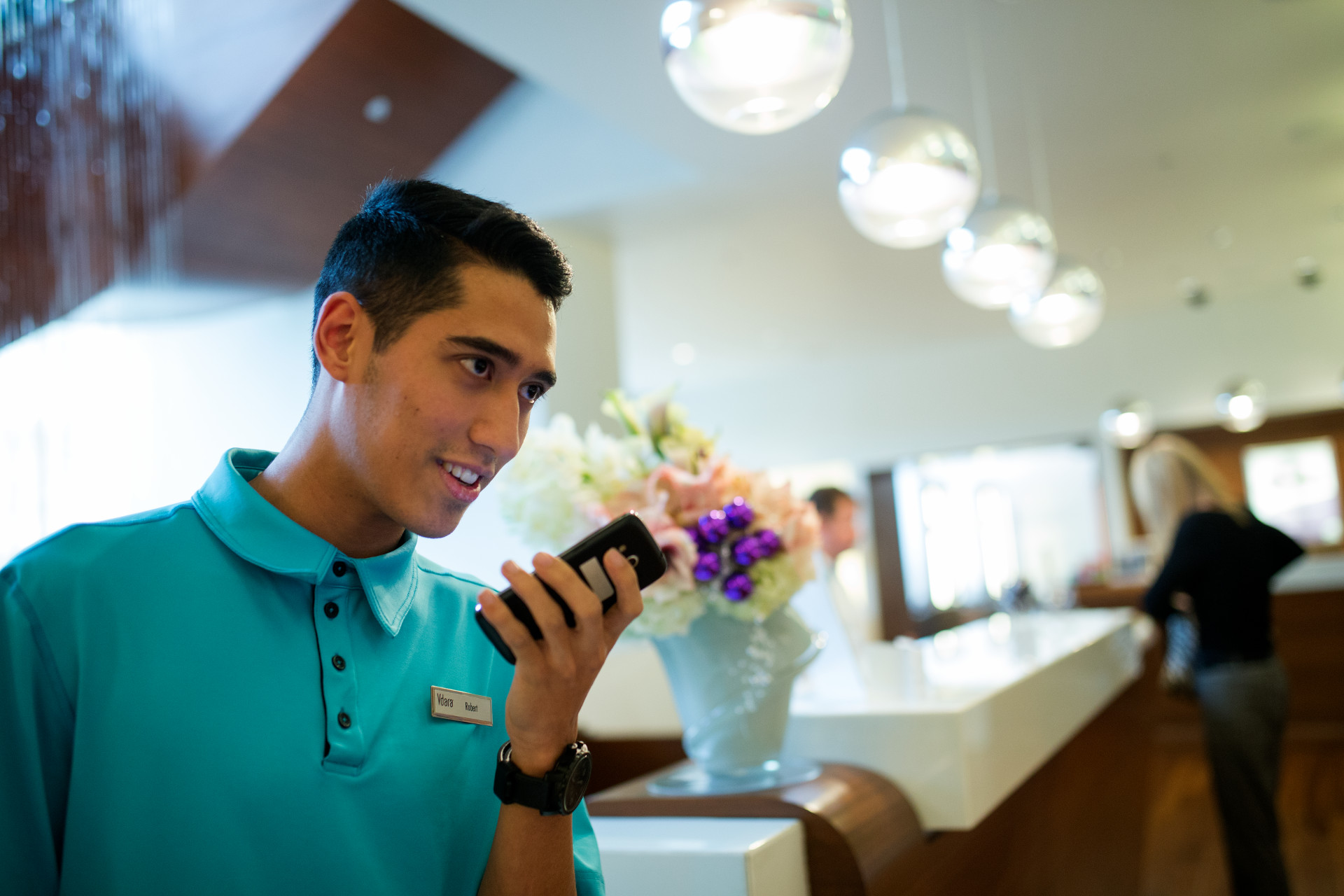 For more effective communications, many industry leaders are exploring the use of DRM—digital mobile radio—technology to improve operations. By understanding this technology and its benefits, you can have a greater sense of whether it’s a good fit for your organization.
For more effective communications, many industry leaders are exploring the use of DRM—digital mobile radio—technology to improve operations. By understanding this technology and its benefits, you can have a greater sense of whether it’s a good fit for your organization.
Benefits over analog
Many technologies employ an analog signal, which is a continuous signal that contains time-varying quantities that result in constant fluctuations. By using digital signaling instead of analog signaling, users can gain two conversations on one radio channel in TDMA operation at 12.5KHz channel bandwidth.
This means that with digital signaling through radio, users can use a single radio channel for both voice and data applications, including dispatch consoles, GPS tracking, texting, work order management, device monitoring, and safety features. This can improve communications across multiple industries including hospitality, education, healthcare and transportation.
Since the inception of Motorola MOTOTRBO, many application developers can now write and sell third-party software as an enhancement to radios that have primarily been used for voice.
Thus with MOTOTRBO Digital, for example, users can double their voice capability and add digital software applications. Both of which could not have been done with only analog radio.
Additional benefits of DMR Digital Mobile Radio over an analog system include:
Improved coverage. Digital mobile radios have better ranges for maintaining audio quality.
Increased capacity. Analog systems can carry a single talk path, but DMR technology can carry two simultaneous calls on the same bandwidth.
Improved audio. DMR provides better sound quality over analog systems by reducing static, background noise and other distortions.
Longer battery life. Switching to DMR over analog also increases battery life as DMR systems use less transmitter time and less power.
Enhanced security. DMR also allows users to use encryption and authentication to prevent others from listening in on conversations thereby improving safety and security.
Convenience. Finally, DMR digital mobile radio devices are smaller and more discrete, which can be helpful for workers in security or hospitality.
Understanding the tiers
DMR Digital Mobile Radio is provided under three tiers, which is the standard for digital mobile radio adopted by manufacturers.
Tier 1 is digital low power radio to radio. Tier 1 provides a limited number of channels and no repeaters, telephone interconnects, or fixed/integrated antennas. Based on this, Tier 1 devices are ideal for personal use, recreation, and other settings where a wide area coverage or advanced features are not needed.
Tier 2 involves simple licensed digital conventional radio systems, mobiles and hand portables operating in frequency bands from 66-960MHz. Some Tier 2 devices feature spectral efficiency, advanced voice features, and integrated IP data services in licensed bands for high-power communications.
Tier 3 is similar to Tier 2 but includes trunking radio systems in frequency bands of 66-960 MHz that handle larger capacity and features. Tier 3 supports voice and short messaging handling. It also supports packet data service.
Getting started
Technology such as two-way radios and DMR digital mobile radio can enhance communications and ensure critical messages can get through effectively. Moreover DMR devices give users the power to not only talk, but also text, access apps, and monitor other devices all over one channel. To learn more about bringing this technology to your organization, contact us.



